KNN Classification
KNN (K-Nearest Neighbors) classification is a simple yet powerful supervised machine learning algorithm used for both classification and regression tasks. It operates on the principle of identifying the ‘k’ closest data points in the feature space to a given input and assigning a class based on the majority class among those neighbors. KNN is particularly effective in scenarios where the decision boundary is irregular, making it suitable for various applications, including image recognition and recommendation systems. Its intuitive nature and ease of implementation make it a popular choice for beginners in data science and machine learning.
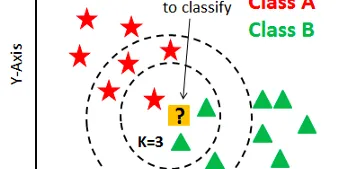
KNN: K-Nearest Neighbours
To start with, K-NN is classified as a supervised machine learning algorithm. For those who want to understand supervised and unsupervised machine learning algorithm, here is a link for the same. In…
📚 Read more at Level Up Coding🔎 Find similar documents
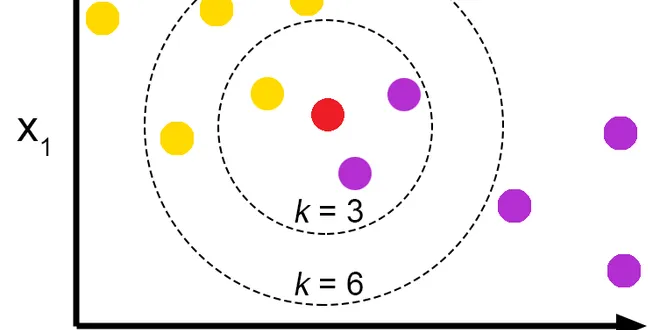
KNN (K-Nearest Neighbors) #1
KNN (K — Nearest Neighbors) is one of many (supervised learning) algorithms used in data mining and machine learning, it’s a classifier algorithm where the learning is based “how similar” is a data…
📚 Read more at Towards Data Science🔎 Find similar documents

KNN(K_Nearest Neighbors)
KNN is a supervised machine learning algorithm (a dataset which has been labelled) is used for binary as well as multi class classification problem especially in the field of economic forecasting…
📚 Read more at Analytics Vidhya🔎 Find similar documents

Homo sapiens — the KNN classifier
Homo sapiens — the KNN classifier How our decisions are governed by the KNN approach Photo by Sylas Boesten on Unsplash The K-nearest neighbours (KNN) method is probably the most intuitive classifier...
📚 Read more at Towards Data Science🔎 Find similar documents

k-Nearest Neighbors (kNN) for anomaly detection
kNN is a supervised ML algorithm frequently used for classification problems (sometimes regression problems as well) in data science. It is one of the simplest yet widely used algorithms with good…
📚 Read more at Towards Data Science🔎 Find similar documents
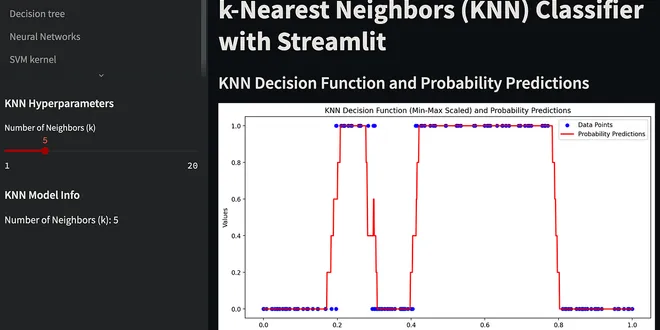
Understanding K-Nearest Neighbors (KNN) Classification with Visualizations
The Basics of KNN Classification At the heart of the KNN algorithm is the idea that objects are more likely to be similar if they are close to each other. In the context of classification, KNN determi...
📚 Read more at Python in Plain English🔎 Find similar documents
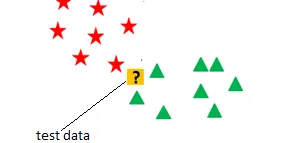
Understanding the KNN-Algorithm
KNN is a supervised learning algorithm used for both regression and classification problems. Mostly used for Classification though. KNN tries to predict the correct class of test data by calculating…
📚 Read more at Analytics Vidhya🔎 Find similar documents

Layman’s Introduction to KNN
kNN stands for k-Nearest Neighbours. It is a supervised learning algorithm. This means that we train it under supervision. We train it using the labelled data already available to us. Given a…
📚 Read more at Towards Data Science🔎 Find similar documents

K-Nearest Neighbors (KNN)
Implementation and evaluation of KNN model in python Creating a model to make predictions based on fresh data or forecast future occurrences based on unobserved data is the ultimate objective of a ma...
📚 Read more at Python in Plain English🔎 Find similar documents

K-Nearest Neighbours (KNN) for Classification
Lazy Learning This is the easiest classification algorithm to understand and implement. It is also called instance-based learning (IBL), case-based reasoning (CBR), or lazy learning. Table of Content...
📚 Read more at Towards AI🔎 Find similar documents

K-Nearest-Neighbors Classification Algorithm in Practice
KNN algorithm is a supervised classification algorithm that is mainly used to predict which category a query point belongs to, given a bunch of data values with respect to its corresponding…
📚 Read more at Python in Plain English🔎 Find similar documents
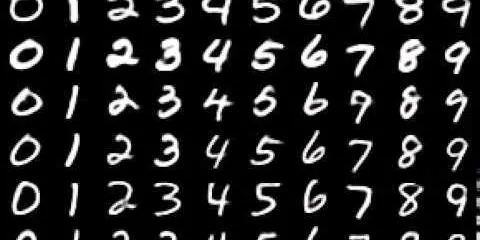
K-Nearest Neighbors (KNN) Classifier on Handwritten Digits
Welcome to the world of machine learning, where algorithms work tirelessly to make sense of data and uncover patterns that escape the human eye. Today, we’re taking a closer look at one of the friendl...
📚 Read more at Python in Plain English🔎 Find similar documents

